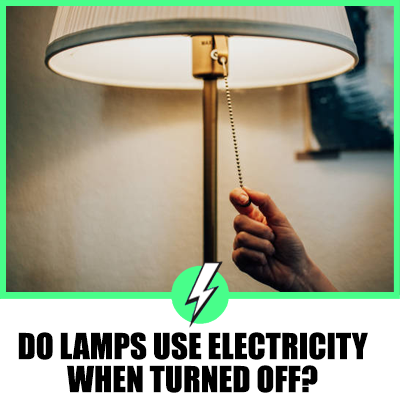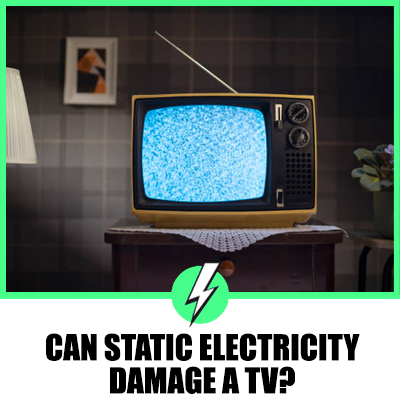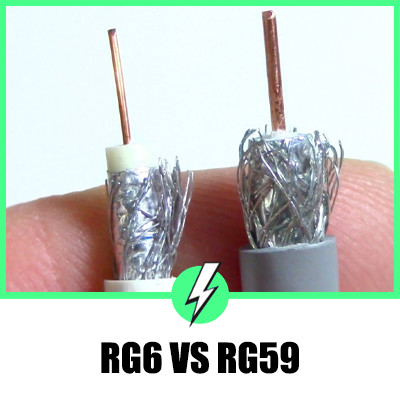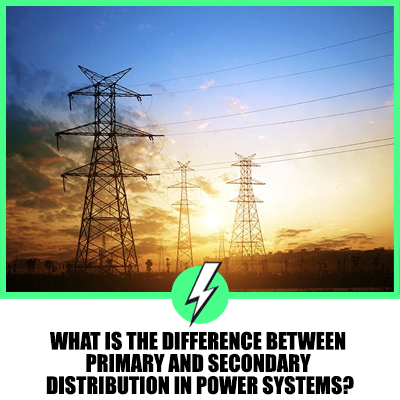Do Lamps Use Electricity When Turned Off? A Comprehensive Guide
In households across the UK and the US, lamps are a common feature.
They provide much-needed light and add to the aesthetics of our homes.
But one question that often arises is, do lamps use electricity when turned off?
The answer is not as straightforward as you might think.

Contents
Understanding Phantom Energy
Before we delve into the electrical properties of lamps, it’s important to understand a phenomenon known as phantom energy or vampire energy.
Many modern electrical devices, including lamps, continue to consume electricity even when they’re turned off.
This is because these devices often don’t shut down completely; instead, they go into standby mode.
This leads to energy waste and can increase your electricity bill.
In fact, up to 10% of your energy bill could come from electronics you’re not even using.
Phantom energy is a significant issue in today’s world, where electronic devices are ubiquitous.
It’s a hidden cost that many of us don’t consider, but it can add up over time, leading to higher electricity bills and unnecessary energy waste.
Should Lamps Be Unplugged When Not in Use?
While it may seem like a hassle, unplugging lamps when they’re not in use can help save energy and reduce your electricity bill.
This is especially true for lamps with additional features like timers or LED displays, which continue to draw power even when the lamp is turned off.
Therefore, if you’re looking to cut down on your energy usage, it might be worth it to unplug your lamps when they’re not in use.
Unplugging your lamps can also have safety benefits.
For example, it can reduce the risk of electrical fires and protect your lamps from power surges.
So, while it might be a bit inconvenient, it’s a small step that can have significant benefits.
What Appliances Use the Most Electricity When Turned Off?
While lamps do consume electricity when turned off, they’re not the biggest offenders.
Other appliances and devices in your home can contribute significantly to your home’s phantom load.
These include HVAC systems, electronics with timers and LED displays, set-top boxes, TVs, video game consoles, and home office equipment.
Even kitchen appliances like microwaves and coffee makers can draw a significant amount of energy when left plugged in.
It’s worth noting that not all devices consume the same amount of phantom energy.
Devices with remote controls or digital displays tend to use more energy when turned off, as they’re constantly waiting for a signal to turn on or displaying information.
Is It Cheaper to Leave Lights On or Turn Them Off?
The answer to this question depends on the type of light bulb you’re using.
For energy-efficient bulbs like LEDs or CFLs, the cost of turning the lights off and on frequently can outweigh the savings from having them off.
However, for less efficient incandescent bulbs, it’s generally cheaper to turn them off when they’re not in use.
Therefore, if you’re looking to save on your electricity bill, it’s important to consider the type of light bulbs you’re using.
This is because every time you turn on a light bulb, it uses a small amount of extra energy.
This energy is more significant for incandescent bulbs, which are less energy-efficient than LEDs or CFLs.
So, if you’re constantly turning your lights on and off, you might end up using more energy than if you just left them on.
Does a Lamp Use Much Electricity?
Compared to many other household appliances, lamps don’t use a significant amount of electricity.
However, the cost can add up over time, especially if you have multiple lamps in your home that are often left plugged in when not in use.
Therefore, while a single lamp might not use much electricity, the cumulative effect of multiple lamps can lead to a noticeable increase in your electricity bill.
The amount of electricity a lamp uses depends on several factors, including the type of light bulb it uses, how long it’s left on, and whether it has any additional features like a timer or LED display.
By choosing energy-efficient light bulbs and being mindful of how long you leave your lamps on, you can significantly reduce the amount of electricity they use.
Insights from Online Discussions
Online discussions reveal a variety of opinions on this topic.
Some people argue that the energy consumption of lamps when turned off is negligible and not worth worrying about.
Others, however, believe that every bit of energy saving counts and make a point of unplugging their lamps when they’re not in use.
These discussions highlight the importance of being mindful of our energy usage and taking steps to reduce phantom loads.
Conclusion
While the amount of electricity that lamps use when turned off might not seem like much, it’s part of a larger issue of energy waste in our homes.
By being mindful of our energy usage and taking steps to reduce phantom loads, we can save money and contribute to a more sustainable future.
Whether you’re in the UK or the US, the same rules apply.
It’s essential to prioritize energy efficiency, and that means using the right practices for the job.





